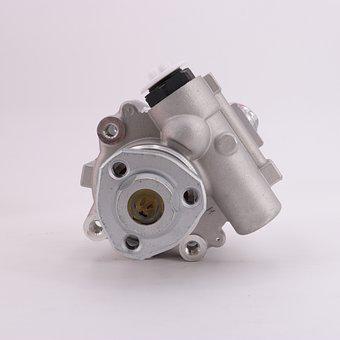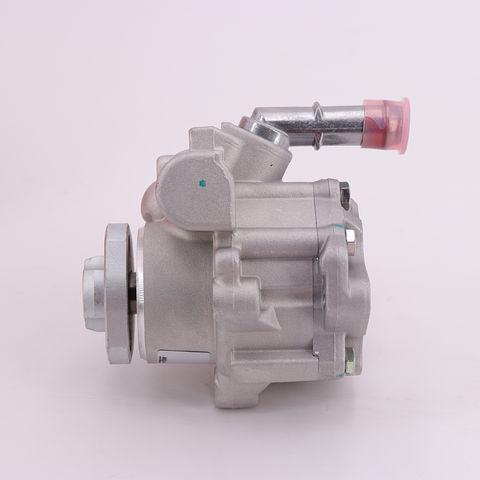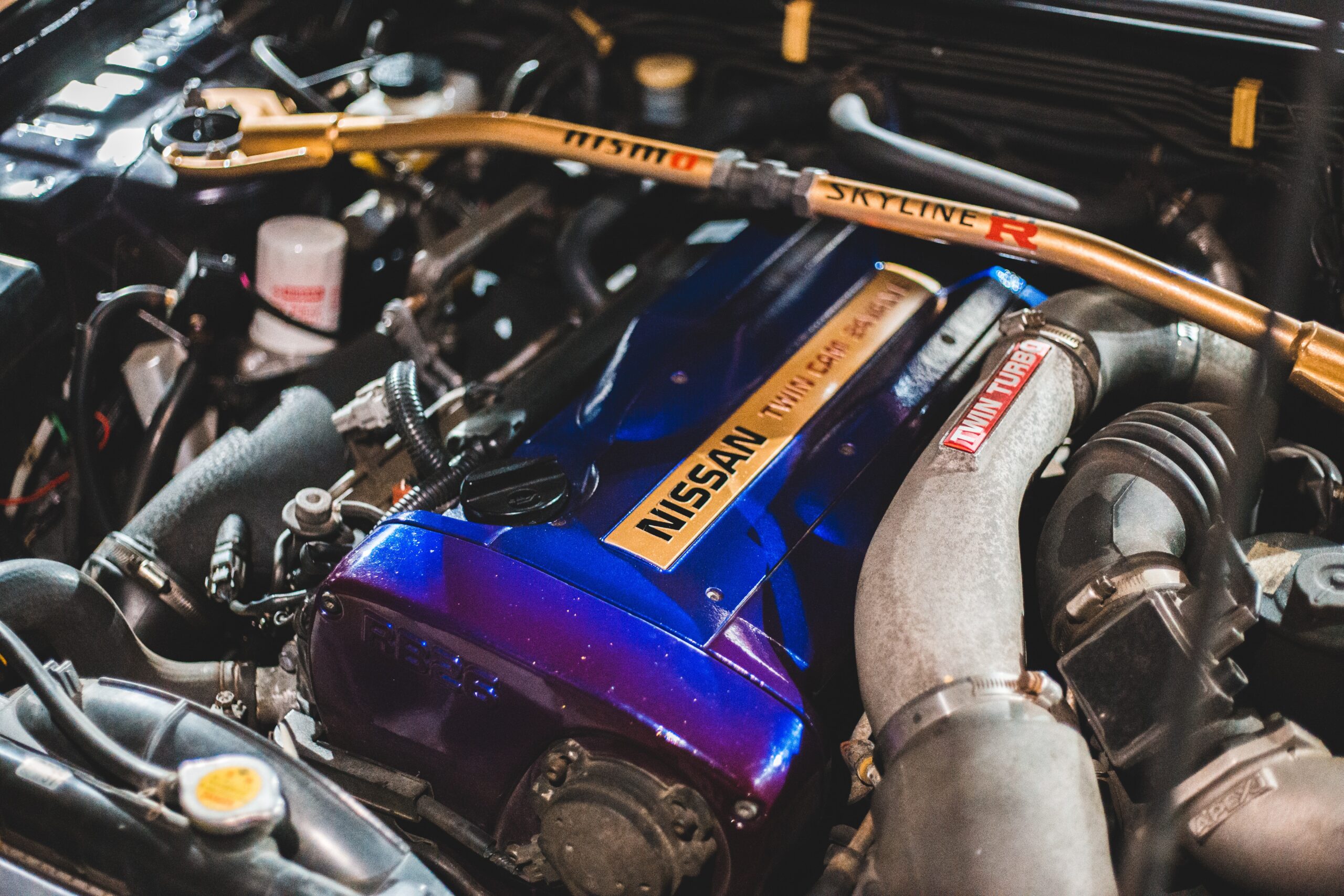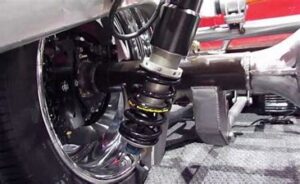The main task of the steering mechanism in rider cars is to decrease the steering effort of the driving force inbound things like low-speed manoeuvring and parking. The steering system has become a necessary element in fashionable cars of all sizes because of high axel weight, larger tire cross-sections, and front-wheel drive.
In most medium and bigger cars, the reduction of steering effort is accomplished by employing a mechanism, that produces a further force to the force applied by the driving force. The basic principle of a hydraulic steering system is a normal hydro-mechanical servo parallel to a pure mechanical association.
A hydro-mechanical servo is a system that copies an operator applied movement, normally with the possibility to cope with higher forces or torque. In a normal configuration of follower servo, the force-fed back to the driver is minimal. As of 2019, we have three types of power steering:
- Hydraulic power steering,
- Electro-hydraulic power steering, and
- Electric power steering.
Table of Contents
What Is Hydraulic Power Steering?
Hydraulic power steering systems work by using a hydraulic system to multiply the force applied to the steering wheel inputs to the vehicle’s steered (usually front) road wheels. The hydraulic pressure typically comes from a generator or rotary vane pump driven by the vehicle’s engine.
Working On Hydraulic Power Steering
The regular non-power-assisted steering rack works very similarly to a hydraulic power steering system.
The only difference is that hydraulic power steering has a few additional parts to supply the extra power. I’m talking about…
- Hydraulic fluid
- Steering fluid reservoir
- Steering pump
- Rotary Valve
- Hydraulic Chamber
Hydraulic Fluid:
This type of fluid is used by the pump in your power steering system. It should be checked regularly to make sure there is enough pressure in the pump to support the rack and pinion.
Steering Fluid Reservoir:
Just like how we have a petrol tank for petrol, we have a steering fluid tank for steering fluid. Whenever we are using fluid, we always have a container that holds them when we are not using them.
There is nothing too fancy about this part here, and its purpose is quite self-explanatory too. But, the journey of a hydraulic power steering begins here. When we fill the steering fluid, we put it into this reservoir. It holds the fluid and supplies them to the steering pump through rubber hoses. The steering fluid reservoir is usually this yellow-looking container with the word “power steering fluid” written on the cap.

Steering Pump:
You can find the steering pump attached to the car engine, usually right next to the car alternator and A/C compressor. We connect the steering pump to the engine through a belt-pulley mechanism using an engine belt.
When your car’s engine is running, the engine belt turns in a loop and that also turns the steering pump. With that, the pump pulls the steering fluid from the steering fluid reservoir and pressurizes them.
How exactly do they do that? Well, I don’t want to overwhelm you with all the tiny details, but if you are interested in knowing more, we have an article on the steering pump coming up very soon. For now, think of the steering pump as a black box. We put low-pressure steering fluid in, and high-pressure steering fluid comes out of the other end. Steering pump for the hydraulic power steering system.
This high-pressure steering fluid then leaves the steering pump, through the steering hoses and into the steering rack, specifically into the rotary valve.

Rotary Valve:
Inside the steering rack, we have what is known as the rotary valve. A rotary valve is a highly sensitive metal casing with strategically placed holes that redirects the steering fluid either back to the steering pump or into the steering rack.
Hydraulic Chamber:
As the steering fluid from the rotary valve gets redirected into the hydraulic chamber, we start to get power assist! But let’s take a step back and see how it all happened.
In the hydraulic chamber, there is a hydraulic piston right down the middle. It separates the hydraulic chamber into two equal portions: the left side, and the right side. The steering fluid gets redirected into these two chambers, but here’s the twist – they don’t get equal amounts of steering fluid!
When there is more steering fluid on one side of the hydraulic chamber, it creates a pressure differential across the chamber. The steering fluid then pushes the hydraulic piston towards the weaker side of the hydraulic chamber and the steering rack moves accordingly.
Here’s a detailed look at the inner components of a hydraulic power steering rack.

Think of it as the traffic police at a busy road intersection. It tells the steering fluid which way to go depending on where you turn your steering wheel. Here’s how it works…
If the steering wheel is in its original position, the rotary valve redirects the steering fluid back to the steering pump and nothing happens. The cycle of steering fluid moving from the reservoir to the pump and the otary valve just keeps repeating itself.
But when the driver turns the steering wheel, the rotary valve opens up and steering fluid from the steering pump gets redirected. This time, it doesn’t go back to the steering pump but it exits the rotary valve through the fluid lines and into one of the hydraulic chambers of the steering rack.
Frequnetly Aksed Questions:
So,here are some of the frequently asked questions is hydraulic steering the same as power steering, what does hydraulic steering feel like etc?-
Is Hydraulic Steering The Same As Power Steering?
What Does Hydraulic Steering Feel Like?
Which Is Better Power Steering Or Hydraulic?
Moreover, the electric power steering system is more efficient so it is better than hydraulic Steering.
What Cars Have Hydraulic Power Steering?
What Is The Most Common Problem With A Hydraulic Power Steering System?
Do All New Cars Have Electric Power Steering?
Conclusion
We have discussed the hydraulic power steering, its working principle and its construction in the above article.
We would like you to share your views in the comment box below.
Cheers!



